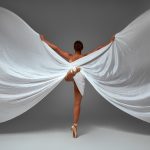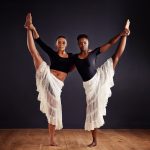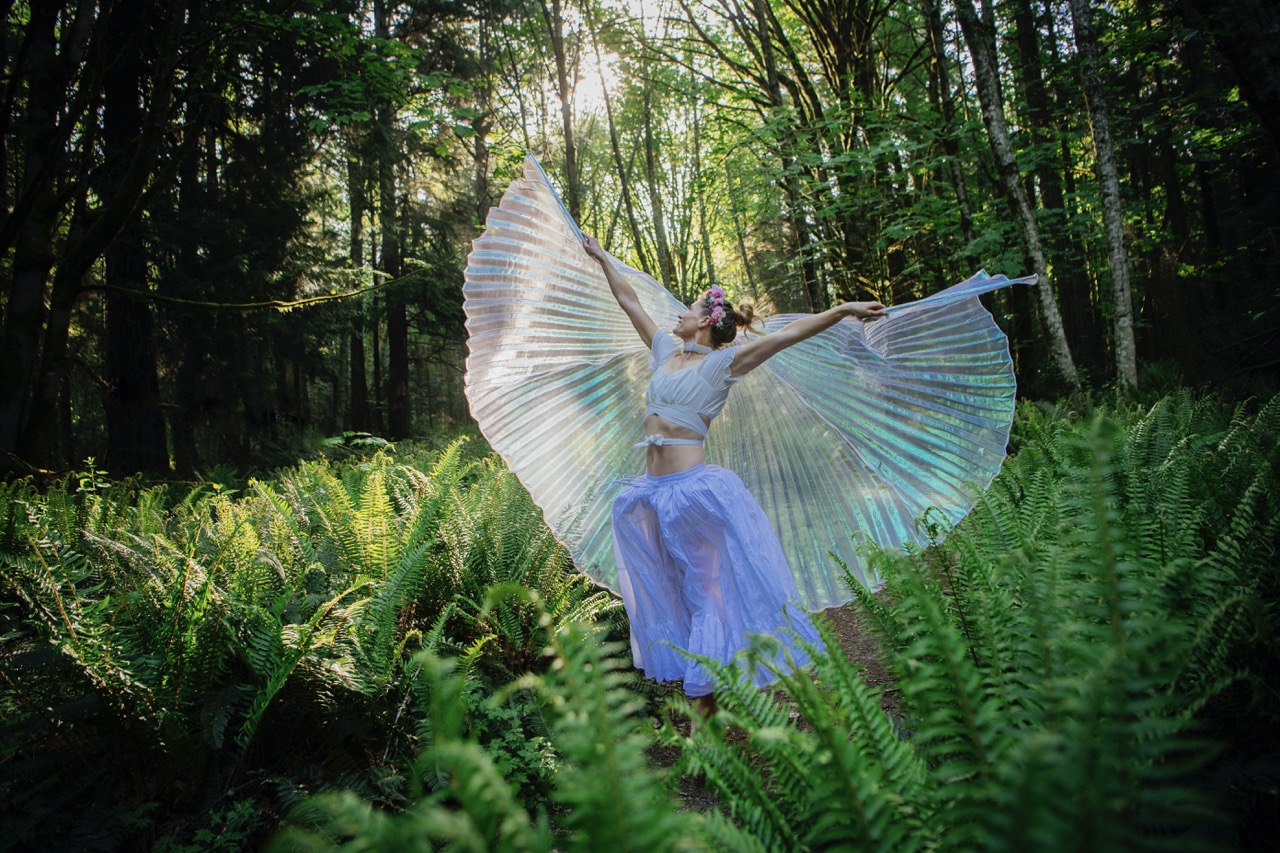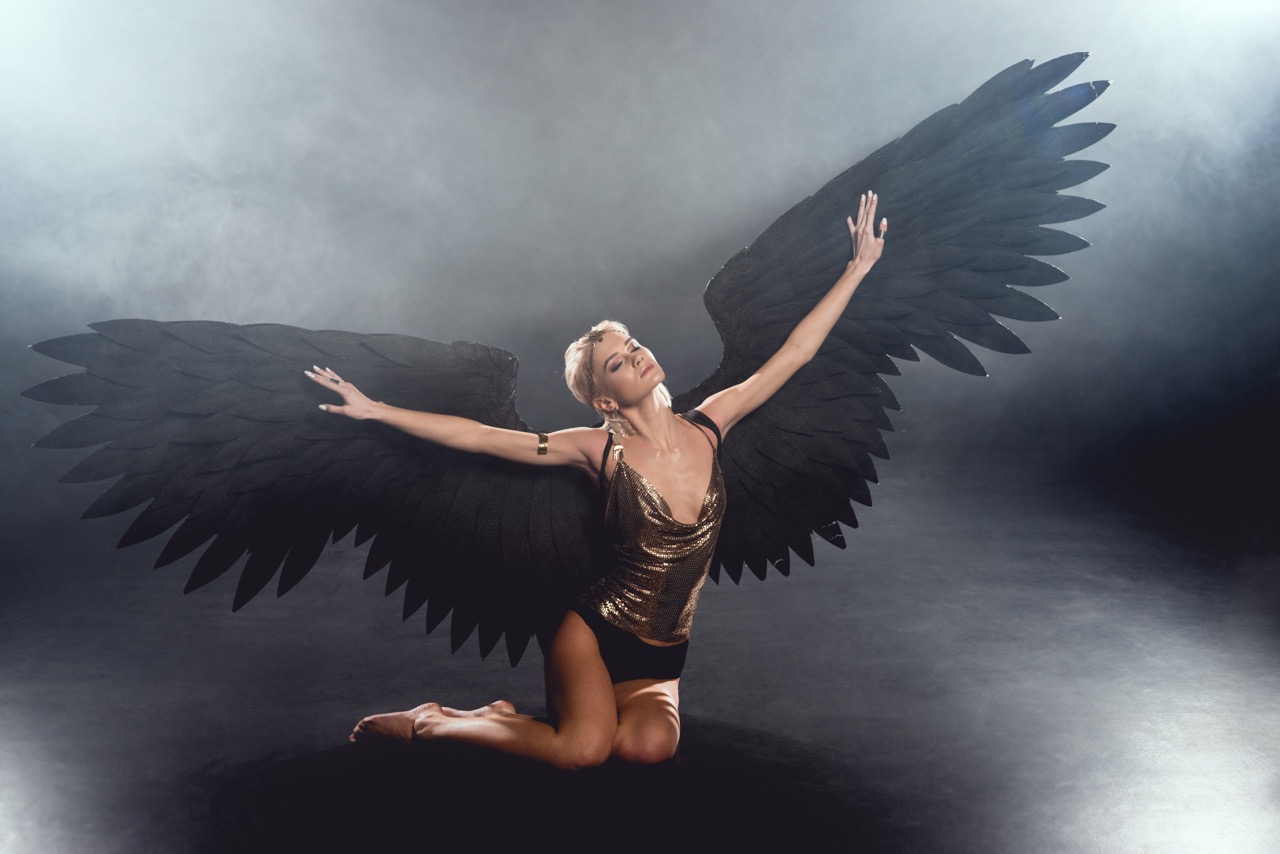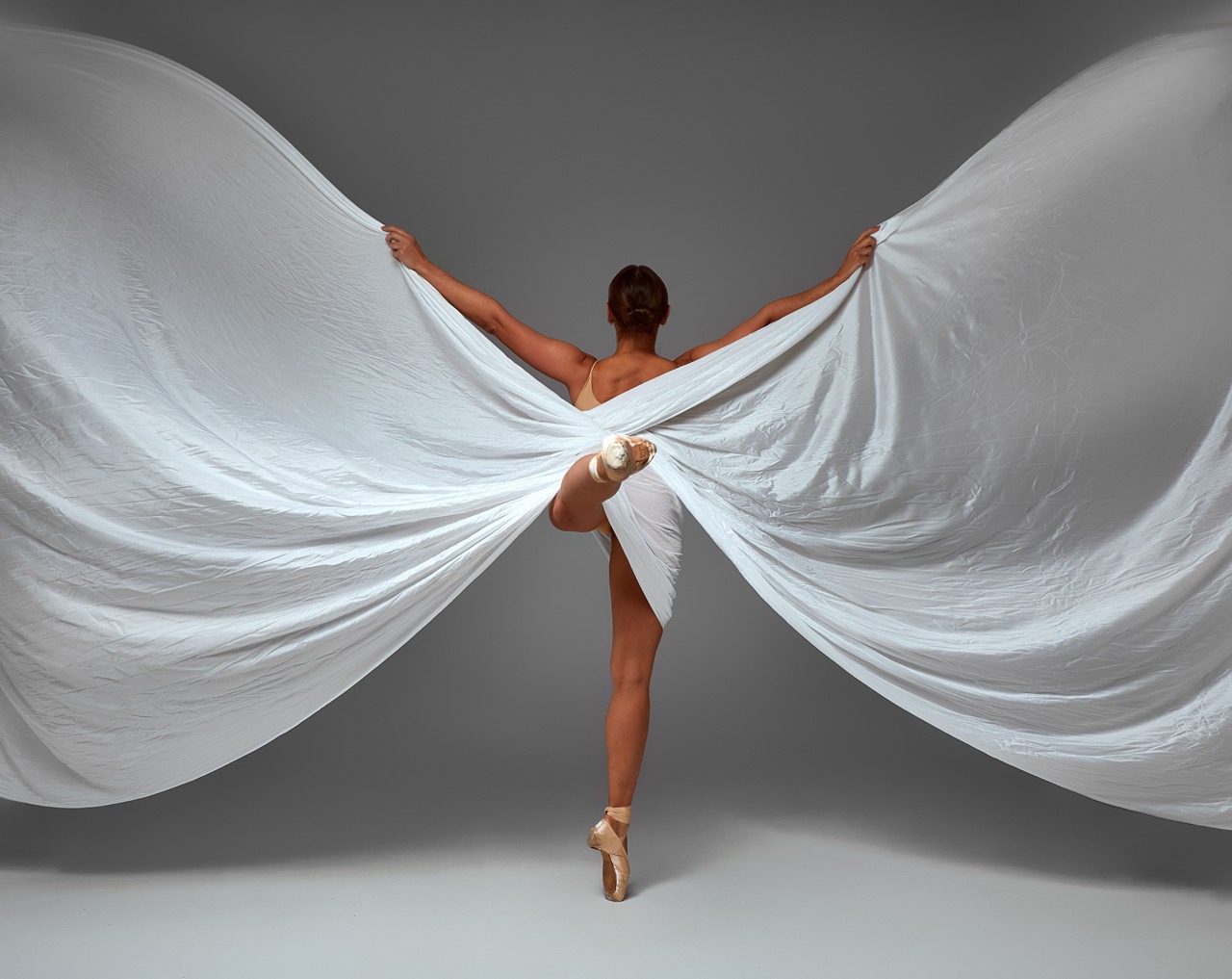Dance is not just a series of movements; it is a powerful form of expression that communicates emotions, stories, and ideas. In the realm of performance art, the spatial dynamics of a dance are crucial to its impact. Dance wings, often made of fabric or other lightweight materials, serve as both a visual and physical extension of a dancer’s movement, influencing how performers interact with their surroundings. This article explores the multifaceted role of dance wings, examining how they redefine performance space, enhance visual narratives, and elevate the expressive capabilities of dancers.
The Art of Movement: Defining Space with Dance Wings
Dance wings create a unique framework for performers, allowing them to manipulate the perception of space during their routines. These extensions can serve to both delineate and amplify the area of movement, creating a dialogue between the dancer and the audience. When a dancer moves with wings, they redefine their physical presence, transforming a two-dimensional performance space into a three-dimensional landscape. Each flick and flutter of the wings alters the viewer’s experience, drawing them deeper into the performance.
Moreover, the use of wings introduces an element of theatricality that helps to tell a story. In various dance styles, such as contemporary or ballet, wings can symbolize freedom, transformation, or even barriers. They can evoke feelings of lightness or heaviness depending on their movement and interaction with the dancer. This powerful tool allows choreographers to craft narratives that resonate with the audience on multiple levels, utilizing the physical space in ways that engage both sight and imagination.
The incorporation of wings into choreography also adds challenges and opportunities for dancers. As they navigate the intricacies of their movements while managing the wings, dancers develop a heightened awareness of their body dynamics and spatial relationships. This not only elevates their skill but also enriches the overall performance, as they learn to control their energy and momentum in relation to the expansive space the wings create. Ultimately, dance wings become an integral part of the art of movement itself.
Embracing Flow: Enhancing Performance Through Visuals
Dance is inherently about flow—how a dancer moves seamlessly from one position to another. Dance wings enhance this flow visually, creating a captivating spectacle that can mesmerize audiences. The colors, patterns, and textures of the wings can complement or contrast with the dancer’s attire, contributing to a cohesive visual narrative. This synergy between costume and wings elevates the aesthetic quality of the performance, weaving a richer tapestry of movement.
The movement of the wings can accentuate the dancer’s own motions, creating a symbiotic relationship where each enhances the other. For instance, a gentle sway of fabric can mirror a dancer’s arms, adding layers to the choreography and creating a harmonious blend of movement. This interaction not only captivates the audience but allows dancers to explore new dimensions of their art, pushing the boundaries of traditional choreography.
Additionally, the visual impact of dance wings can influence audience perception and emotional response. As dancers manipulate space with their wings, they create silhouettes and shadows that dance along with them, adding depth to the performance. This visual complexity can evoke feelings of awe, wonder, or even introspection, amplifying the overall experience for viewers. In this way, dance wings become a crucial element of storytelling, enhancing not just the performance but also its emotional resonance.
The Intersection of Design and Performance in Dance Space
Dance wings are not merely decorative; they are a convergence of artistic design and functional performance. The choice of materials, colors, and shapes in wing design can significantly influence how a dancer interacts with their environment and how the audience perceives the performance. Designers must consider not just aesthetics, but also the practical aspects of movement, ensuring that wings enhance rather than hinder the dancer’s performance.
Strategically designed wings can create visual illusions, making dancers appear larger than life or seemingly defying gravity. For instance, wings that catch the light in specific ways can create luminous effects, transforming an ordinary stage into a magical realm. This intersection of design and performance opens up a world of possibilities, allowing choreographers to explore innovative concepts that challenge traditional boundaries of dance.
Moreover, the collaboration between designers and dancers fosters a deeper understanding of the artistic process. By working closely with performers, designers can create wings that reflect the dancer’s unique style and strengths, leading to more authentic and expressive performances. This synergy not only enriches the final product but also creates a sense of ownership for the dancers, as they embody the design and make it their own on stage.
Elevating Expression: The Role of Wings in Dance Dynamics
Dance wings play a crucial role in elevating a dancer’s expression, offering a new medium through which emotions can be conveyed. The way a dancer manipulates their wings can reflect a range of feelings—from joy to sorrow, freedom to confinement. As wings flutter and glide through the air, they can signify the dancer’s inner emotional landscape, allowing audiences to connect with the performance on a profound level.
Furthermore, the dynamics of movement created by wings can lead to heightened emotional engagement. Dancers often experience a sense of liberation when performing with wings, as the added dimension allows them to explore their range of motion and expression. This freedom can be transformative, enabling them to connect with the audience in ways that might not be possible without such physical extensions. The wings become an extension of the dancer’s own body, amplifying their emotional narrative and enhancing the storytelling aspect of their art.
Lastly, the involvement of wings in dance dynamics encourages experimentation and innovation in choreography. Dancers are inspired to push their limits, explore new movement possibilities, and challenge their creative boundaries. This evolution not only enhances individual performances but also contributes to the broader dance community, fostering a culture of exploration and creativity. The role of wings in elevating expression becomes a catalyst for artistic growth, enriching the dance landscape as a whole.
In the world of dance, every element contributes to the overall narrative and emotional journey. Dance wings, with their ability to define space, enhance visuals, and elevate expression, are invaluable tools for dancers and choreographers alike. By embracing the interplay between design and performance, these dynamic extensions allow artists to push the boundaries of movement and storytelling. As dance continues to evolve, the impact of wings serves as a testament to the transformative power of art, reminding us that dance is not just about movement; it is about expressing the inexpressible.


